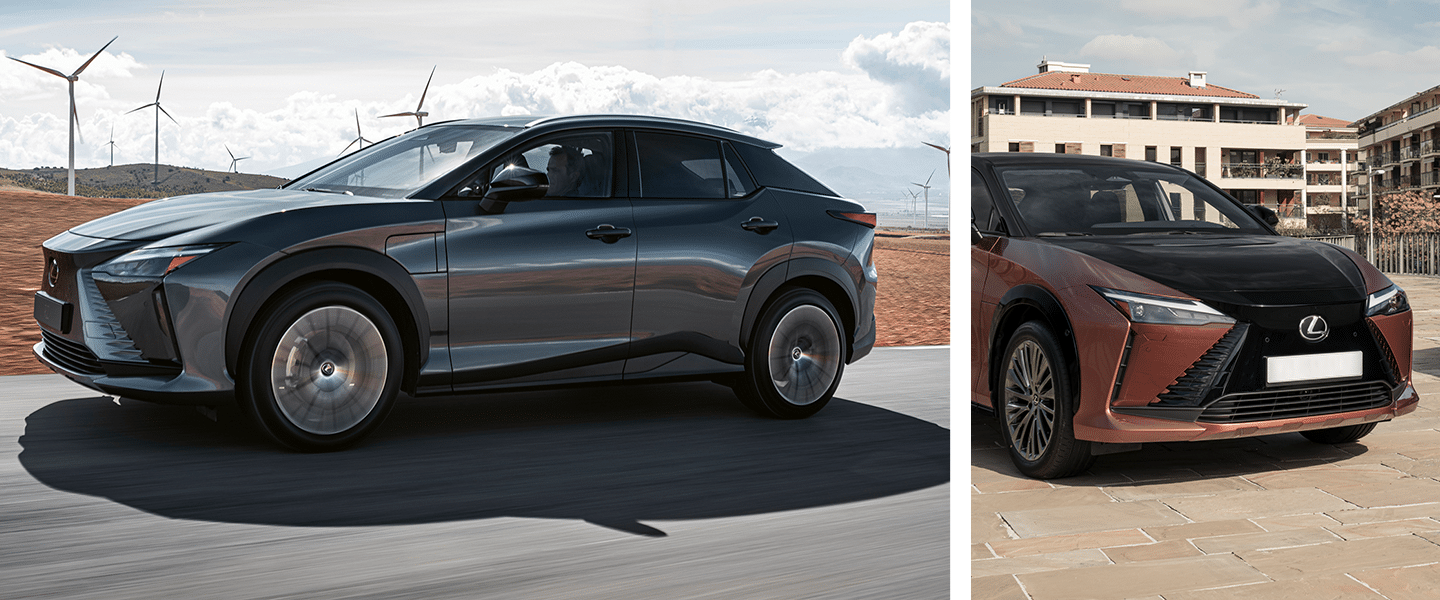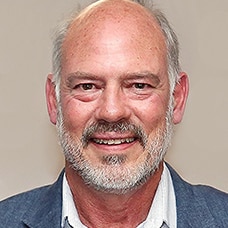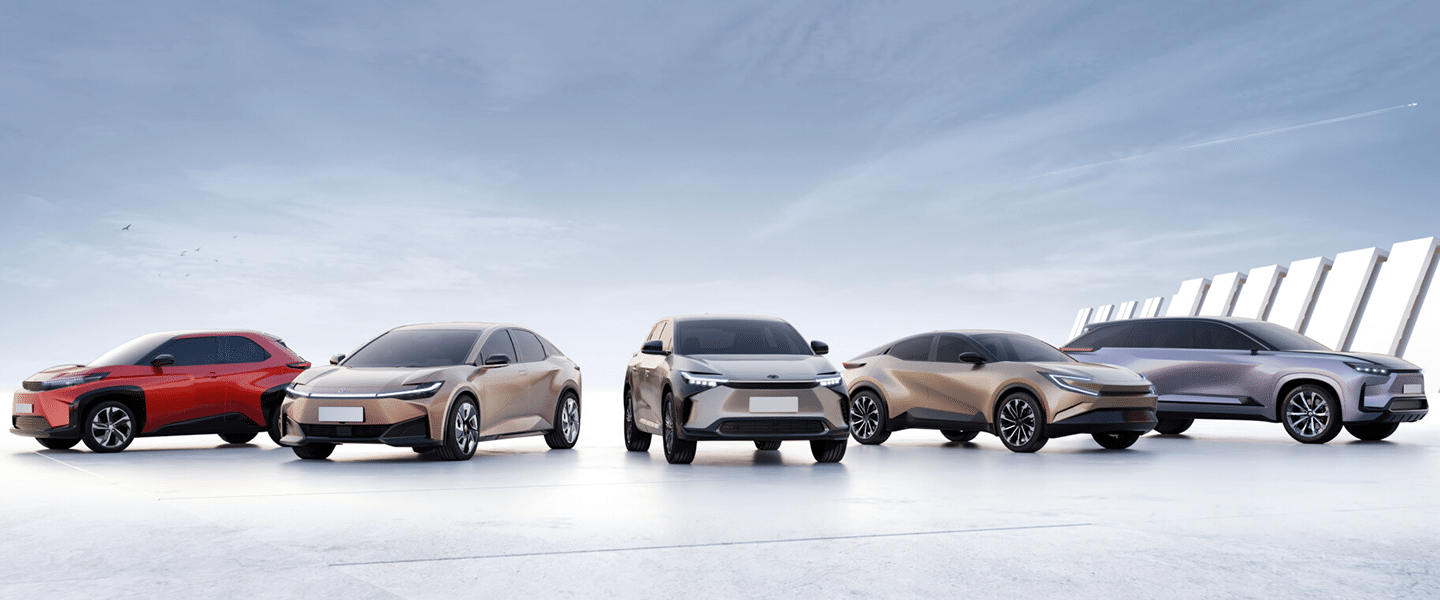Multi-pathway approach
As such – in contrast to many other carmakers – Toyota does not embrace the vision of a 100% electric future but advocates a multi-pathway approach; tailoring electrification (and other alternative sources, including biofuels and hydrogen) to the diverse needs of customers and individual regions. To cater for this, Toyota is preparing all options, including HEV (Hybrid Electric Vehicle), PHEV (Plug-In Hybrid Electric Vehicle), BEV (Battery Electric Vehicle) and FCEV (Fuel Cell Electric Vehicle), under the policy of “leaving no one behind” to tackle carbon neutrality (CN).
In practical terms, the first pillar of the Toyota mobility concept is a commitment to achieve CN globally by 2050. Key milestones along the way to achieve this is a 33% reduction of CO2 emissions by 2030 and 50% by 2035. To accelerate BEV expansion worldwide, Lexus will be the BEV centrepiece, and Toyota aims to bring 10 new BEV models to market by 2026, which would amount to 1.5 million vehicle sales per year.
As the leader in hybrid technology, the company aims to reposition PHEVs as the “practical BEV” by increased battery efficiency to extend EV-mode driving range beyond 200 km. For HEVs, Toyota will continue to improve its product offering with a focus on quality and affordable prices.
The automaker will also pursue mass production of commercial vehicles powered by hydrogen, and the exploration of carbon-neutral fuels has been added as a sixth element to the multi-pathway approach.

The Woven City
The second pillar of the Toyota Mobility Concept is the evolution of next-generation Intelligent BEVs with advanced safety technology, multimedia, and feature updates for the onboard operating system. This will be followed by the public rollout of intelligent services that connect cars to cities and infrastructure.
Using real-time traffic information to boost transport efficiency and optimise energy management, this so-called Woven City is viewed by Toyota as a “mobility test course”, serving as a living laboratory for trialling various ways to connect people, cars, and society.
With the third pillar, Diversification. Toyota will not only diversify its services into connected technology, parts/accessories, and business collaborations with new partners, but also explore new types of energy, such as hydrogen made from water, disposed foods and other waste, as well as carbon-neutral fuels.

The Africa situation
So, how does all this affect Africa and South Africa? Well, the energy and electricity situation of each country in Africa need to be considered. Even in South Africa, the main energy source is still fossil fuels, and the electricity supply is not stable, therefore, BEVs are not a practical solution yet.
Also, vehicles act as a lifeline in Africa where there is limited infrastructure. Therefore, in such an environment, Toyota believes HEVs are the most practical solution for carbon neutrality, as they don’t take electricity from the grid, reduce CO2 emissions by up to 40%, still use existing fuel stations, and are more affordable than BEVs.
However, this approach comes with the proviso that products must fulfil two key factors: they must “protect people’s lifelines” (such as the Hilux and Land Cruiser) and they need to be “affordable entry-level cars”. Also, as part of this pillar in Africa, the Prospecton plant in Durban will be positioned as a NEV ‘mother factory’ to the rest of the continent.
To that end, TSAM will promote HEV by introducing competitive products in both Toyota and Lexus stables, with the new RX – the first Lexus model available as a HEV locally – to be launched soon. A wide range of HEV and PHEV models are already available and, in terms of local production, TSAM will expand the volume of Corolla Cross Hybrid derivatives.
In terms of BEVs, the RZ450e – the first Lexus model developed specifically as a BEV – and new UX 300e are under investigation for introduction, as well as the inaugural EV from Toyota, the bZ4X. TSAM has recently also shown the new Toyota Crown – a lift-up sedan (LUS) with high-efficiency hybrid system, electric E-Four system drivetrain and a bi-polar nickel-hydrogen battery.
NEVs (New Energy Vehicles) currently make up 3% of TSAM sales in South Africa, and the goal is to increase this to 22,000 units (10%) by 2025 and 54,000 units (20%) by 2030. Such measures will ensure a CO2 reduction in line with TMC’s global CN initiatives. A gradual introduction of PHEV, FCEV and BEV will then follow.






